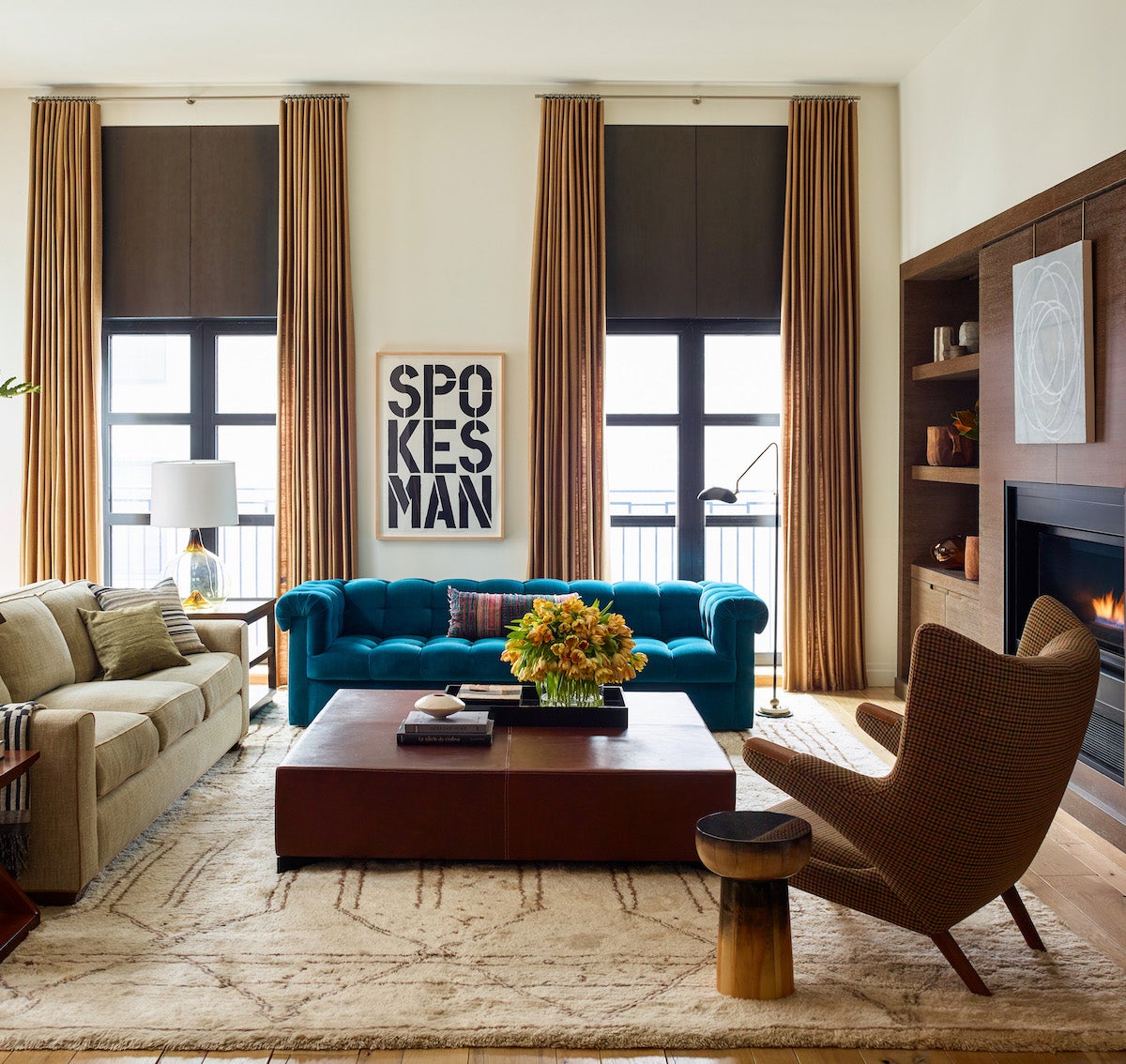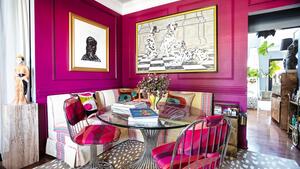Let’s peel away the veil of impartiality for a moment and gush: At Business of Home, our editorial staff loves Carl Dellatore’s Interior Design Master Class. Published in 2016, it’s a design-school education in coffee-table-book form, with legends of the field weighing in on their favorite subjects—Mario Buatta on color, Victoria Hagan on light, David Kleinberg on taste. The list goes on.
But more than simply a roster of big names, Master Class is the rare design book to offer up both drool-worthy interiors and tangible practical information for amateurs and pros alike. So it’s with no small amount of eagerness that we’re looking forward to Dellatore’s newest tome, On Style, a collection of designers that represent the new guard of the profession. In advance of its publication, we spoke with the author about how Master Class came together, the delicate process of choosing (only!) 50 designers, and which room he could live in for the rest of his life.
This isn’t really a question, but I just wanted to start off by saying how much I love Master Class. It’s one of our editorial team’s favorite design books.
So kind of you to say. I appreciate it. It was a challenging labor of love.
What was the challenge of it?
Working with so many people and personalities. It was just a logistics thing, everybody’s cuckoo crazy—but the generosity of spirit was amazing. I’ve saved a voicemail that Mario Buatta sent me from his nursing home room saying how incredible the book was.
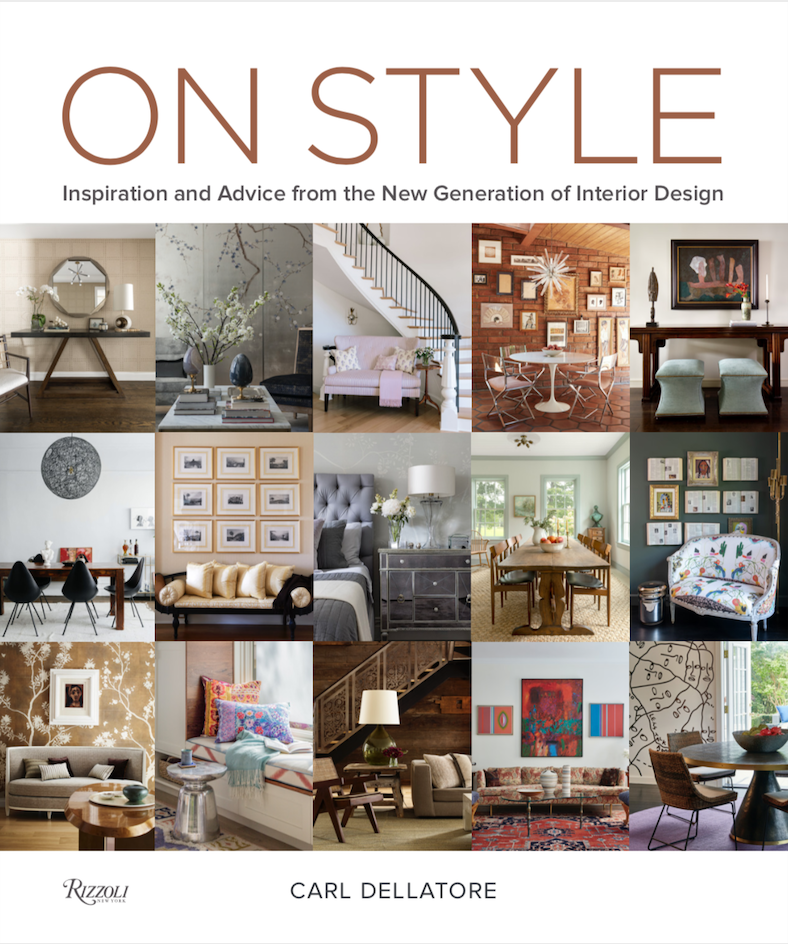
How did you originally conceive of the book?
I own a textile company that didn’t survive the recession and I was in need of reinvention. I had written a column for House Beautiful, Swatch Watch, that turned into a book. So I thought I’d do another book—but then I thought, what I really want to do is go to design school. So how do I do the two at the same time? That’s how Master Class was born: Why don’t I go directly to these people and ask them to teach me something and chronicle the experience in a book?
When you were putting the book together, did certain people want certain subjects? Was there jostling for ‘I want light!’?
It’s funny you should say that because light is one of the chapters I always reference that way. Victoria Hagan wrote about light—she wanted to write about white. And in an odd way I thought that's probably what most people would want to hear about is white, as it’s a predominant color in her work. I advanced the idea of moving past white as the most obvious choice and to light because it affects white and everything else, and that’s the other quality I think in Victoria’s work is that things are so luminous.
They’re sort of two sides of the same coin.
Right. Anyway, it was an enjoyable process, but towards the end of the book, it got more challenging, because with 80 or 90 people in already and the subjects they might have chosen, it gets a little harder for the people who were towards the end.
Right: ‘You're number 98 you get shiplap and that’s it.’
All that's left to talk about is doorknobs.
Even so, all of the chapters are worth reading. How did you get all of the heavy hitters to contribute to the book?
Alexa Hampton. When I had this idea originally, I worked with a literary agent, and she said, “It’s a really interesting idea, but it’ll take you 10 years to finish and no publisher’s going to invest in that.” So I sat on the idea for awhile. Then I called Alexa out of the clear blue sky and said, “Would you meet me for a glass of wine? I want to talk to you about an idea I had.” I presented to her and she said, “I think you need a different literary agent.” She introduced me to her agent, we talked about it, and he signed me that day—and sold [the concept] to Rizzoli in a small bidding war.
Alexa called Bunny Williams, Mario Buatta and a couple of others and said, “We need to do this book with Carl and get the community behind it.” That's how the door opened. Alexa has got an infectious enthusiasm and is so well respected in the community that people joined in. It’s because of her that it got off the ground.
Alright, let’s move onto your new book, On Style. What was the starting point for this one?
Way, way back in the day, I was doing something on my design blog called “The New Guard,” which was the original title for On Style. It was supposed to be 50 up-and-coming designers who are the next generation.
Did you have an age limitation—what defines the new guard versus the old guard?
I wasn’t so concerned with [age]. It was more about who has the clients that have the budgets to produce the work that fits in what I think is the next generation of American design.
Who was the very first person you knew you wanted for the book?
God, you really want me to shoot myself, huh?
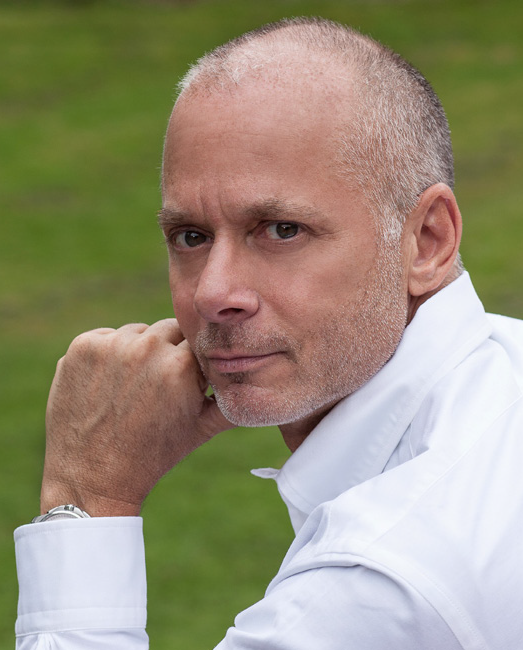
I’m not going to ask you who the last person was.
Don’t do that. Let’s see. You know, here’s a thought: Ashley Darryl.
How did you encounter her work?
I don’t know how long ago it was, but she had that room in Holiday House—that tiny little jewel box of a study. It reminded me of Randy Ridless, God rest his soul. Randy did a room at Kips Bay that was a closet. What was so remarkable was that the Times ran the image of his room as the lead for Kips Bay that year, and he ended up redoing the Burberry stores because of it. When I walked into that room that Ashley did for Holiday House, I remember thinking to myself, This young lady is onto something. In a weird way, those tiny showhouse rooms are like a gift. I wouldn’t want the staircase.
Well, it worked for Sasha Bikoff at Kips Bay.
[That’s an example of] someone taking the absolute worst opportunity and turning it into something.
With Master Class, I doubt you were hurting anyone’s feelings. But with this book, inevitably some people are going to get left out. Did you have people applying that you had to say no to?
I had PR agents freaking out. I’m open to any and all possibilities when I start a project like this. But it’s like, Do I have too much white? Do I have this hole filled? It becomes an editorial consideration. Also, with this book we were concerned with relatability. Does this book say, “You’re never going to live like this—too bad!” Or can you envision yourself in this room?
Right. So you were going more for the latter more than the former.
Yeah. In Master Class, who cares? I love all those rooms, but I wasn’t so concerned with people in Peoria, Illinois, saying, “I understand this book.”
Do you feel like there are common themes across the board with all of these designers? Does this book have a central thesis about the next generation?
It’s undefinable. So much is in the mix these days—it’s eclecticism, but then from one designer to the next, there are so many ideas free-flowing because of digital media. So much information is coming at us so rapidly and with such a force that it’s hard to not be influenced by it.
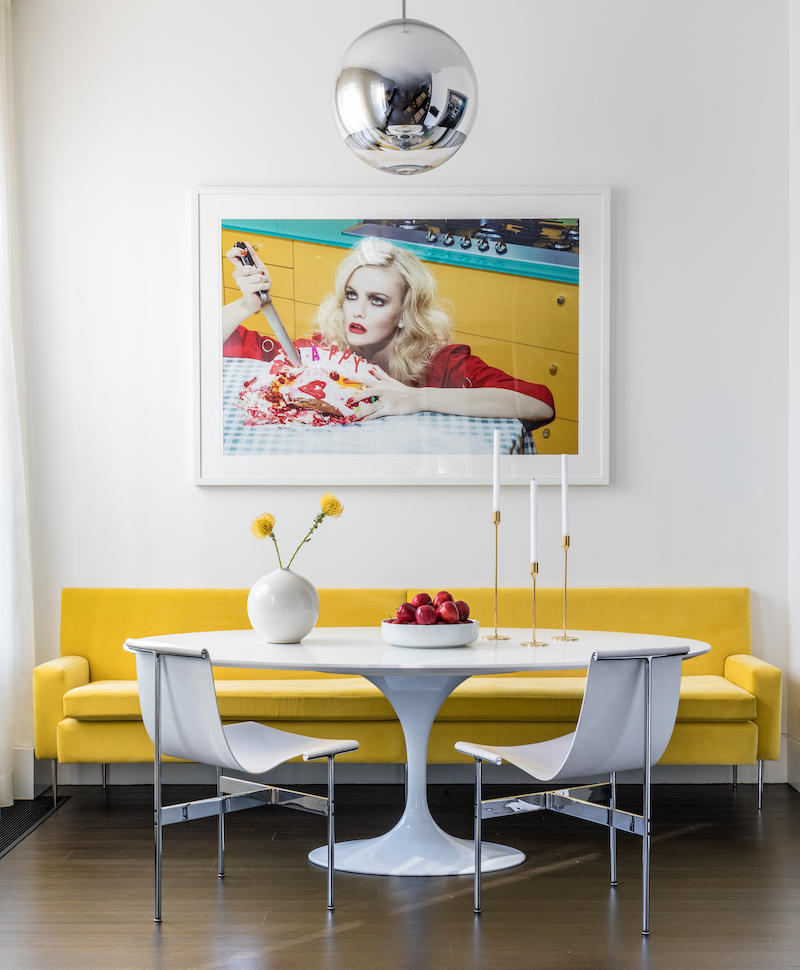
Did you have a favorite room?
There’s a room in the book I would live in the rest of my life. It’s page 174 by David John Dick and his partner Krista [Schrock]. When I got all the images and I looked at the whole book, my partner Todd said, “Which is the room we want to live in the rest of our lives?” And this was the easiest pick. And I know that maybe that gets me in trouble, but I think it makes for an interesting observation.
Did anyone say no?
No one said no. I’m grateful for that. Originally the book was supposed to be 40 for the future. And I ended up going back to Rizzoli saying we can’t do it as 40. In a perfect world, I’d have said 75.
So what’s next for you?
I’m putting together Garden Design Master Class, which will be out in spring of 2020.
Would you consider yourself a full-time author? Are you a consultant? What do you tell people you are when you meet at a cocktail party?
I wear a lot of hats. I’m a social media strategy consultant, I produce books on design. I was a textile designer at one moment in the past. I suspect that career is going to reinvent itself.
Homepage image: A room by Neal Beckstedt, courtesy of Rizzoli
















